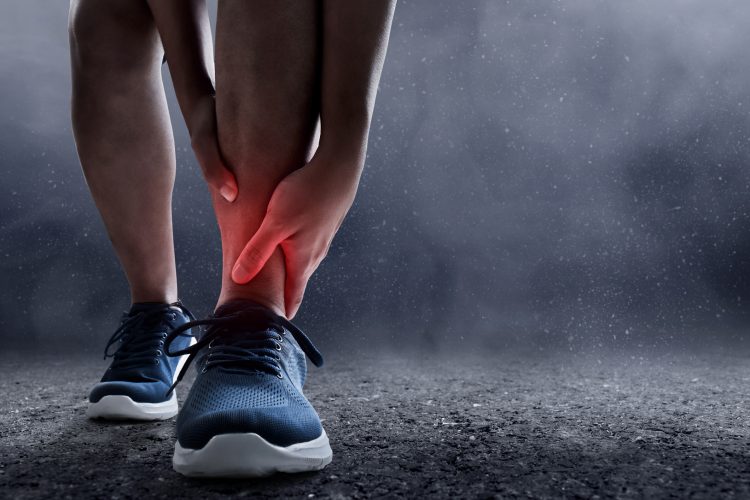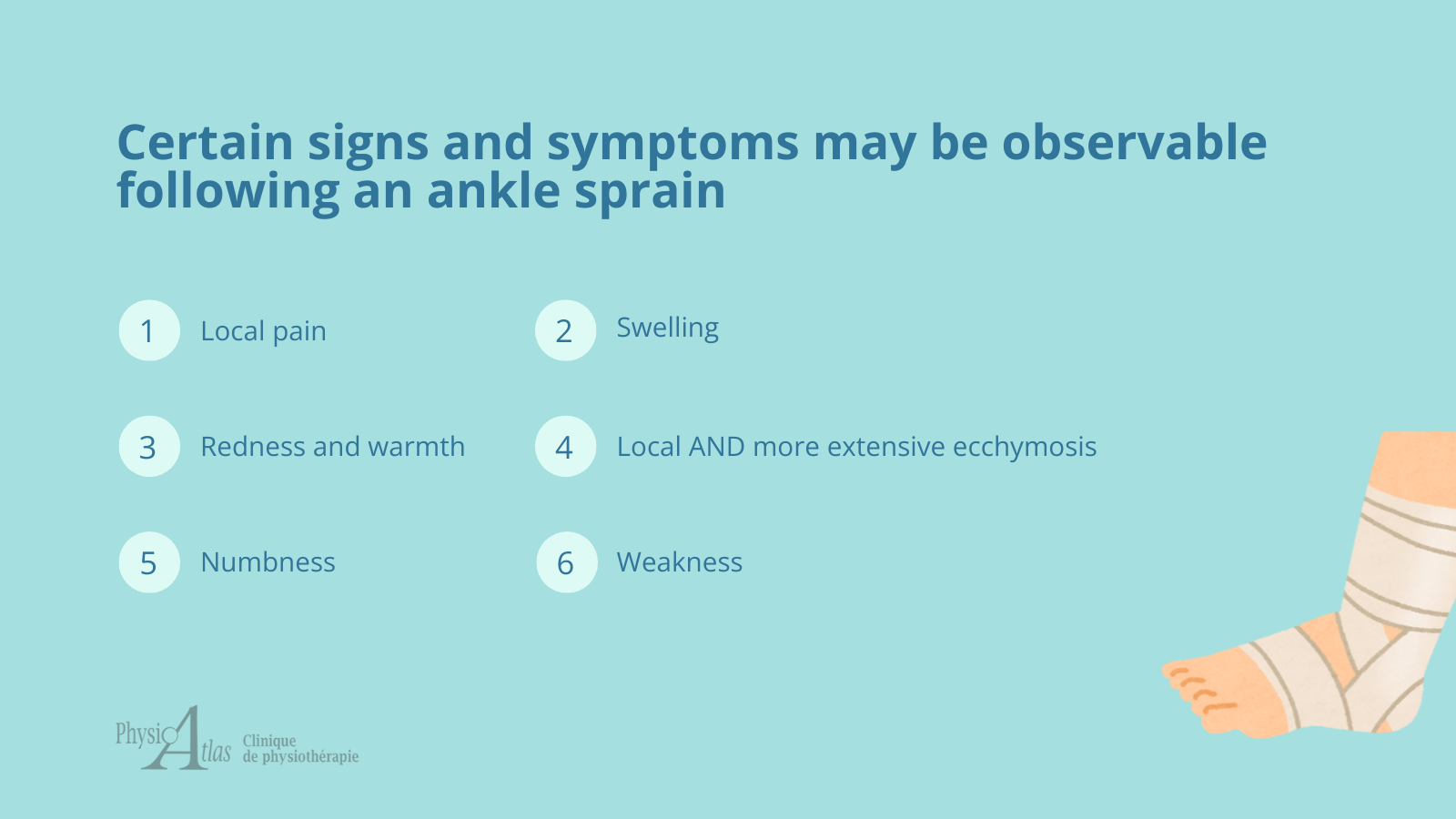
When it comes to ankle sprains, it’s all about stability

Definitions
First, it is important to define the term SPRAIN, which is a very commonly used word. This pathology involves the stretching of the LIGAMENTS, with or without tearing.
Ligaments provide PASSIVE stability to joints. They help to keep the joints aligned during movements, which are induced by the muscles. Ligaments have viscoelastic properties. In other words, they have the ability to deform/stretch (viscosity) and return to their shape (elasticity). They are not as elastic as tendons. This means that there is a “breaking point” when stretching. The ligament can become permanently stretched, or it can even tear if it is stretched beyond its breaking point.
Sprains occur when the movement is exaggerated (beyond its normal capacity). This can be caused by excessive speed or load, such as during a car or sports accident. Holding a maximum stretch can also lead to prolonged stretching of the ligament.
There are three degrees of sprains:
Grade 1: stretching
Grade 2: partial tear
Grade 3: complete tear
Mechanism of injury
Sprains are common in sports that require speeding up and changing direction quickly. Adding to this, unstable and uneven terrain creates the perfect setting for ankle sprains (ex. mountain hiking, trail running, backyard chores, and walking/running in the sand). The most common ankle sprain is an inversion sprain, where the foot turns inward.

Clinical manifestations
Depending on the grade of injury, certain signs and symptoms may be observable following an ankle sprain:
- Local pain with difficulty putting weight on the ankle
- Swelling
- Redness and warmth
- Local AND more extensive ecchymosis (foot, outer leg, heel)
- Numbness
- Weakness
Collateral damage
Beyond the ligament damage, it is common to see additional injuries that coincide with the ankle sprain itself. Here are some examples:
- Partial tear of the tendons (fibular/peroneal)
- Avulsion fracture
- Nerve irritation
Treatments
First of all, it is important to apply the PEACE & LOVE principle, a concept we’ve previously described in one of our columns.
Next, the sprain and other possible injuries should be examined more closely. Usually, ankle sprains are treated in physiotherapy using the following:
- Massage to bring down swelling
- Muscle release to treat nearby tension
- Ultrasound
- Taping
- Mobility, flexibility, strengthening, and balance exercises
- Education on pain and injury management, followed by a gradual return to activity
Although a sprain may seem trivial, it is important to address it quickly. Early treatment with physiotherapy promotes faster recovery and—more importantly—limits the after-effects and the risk of recurrence. With the right advice and exercises, you can get back on your feet faster!



